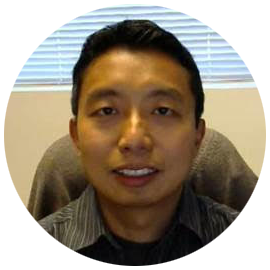I participated in a birds of a feather session on UAS Program Development at the NSF sponsored AACC Advanced Technological Conference on October 24th, and below are three of the key issues that were discussed at the session.
Marketing
Despite the novelty and excitement surrounding UAS (drones) in the consumer and commercial space, staff, students, and counselors may not be aware of the new UAS programs that have been established at their own institutions. Thus, it is imperative for program developers to advertise their UAS programs much like any other programs, whether it be through word of mouth, advertisements at colleges and high schools, or flying around the campus (under safe conditions, of course).
Tracking Student/Graduate Success
One of the most important measures of student success for any vocational or technical educational program is whether students were employed upon graduation. While many participants remarked that their institutions maintain this kind of graduate employment statistics, this is not the case for all colleges. Specifically, participants from institutions which do not maintain graduate employment statistics suggested Linkedin and phone follow-ups as potential ways to gauge student employment post-graduation.
Class Length and Organization
There are many considerations that one should take into account when determining the length or organization of classes in his/her UAS program. For example, one panelist noted that she organized her class to first covered Part 107 materials, so her students will have their remote pilot licenses in-hand when it comes time to operate the UAS in the latter part of the course. As another example, some participants also suggested using shorter format courses (8-week compressed) to enable students to complete the program faster, or favoring night and online course formats to cater to the schedules of working students.

Wing Cheung, PhD
Principal Investigator, UASTEP
Wing Cheung is the Principal Investigator of the UASTEP project. He is a Professor of Geography and the Chairman of the Earth, Space and Environmental Sciences department at Palomar College. He is also the Coordinator of the Geographic Information Science as well as the Environmental Studies programs. In addition to hosting outreach events and UAS workshops for high school students, he develops UAS curriculum and oversees the creation of the UAS Associate’s Degree at Palomar College.
